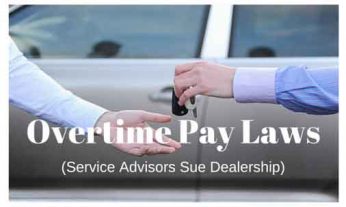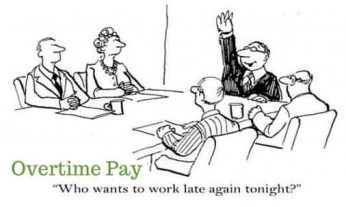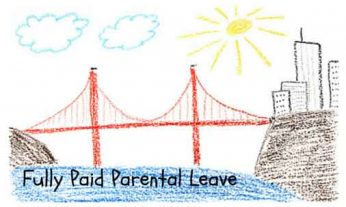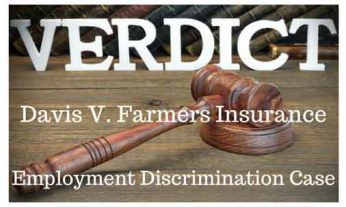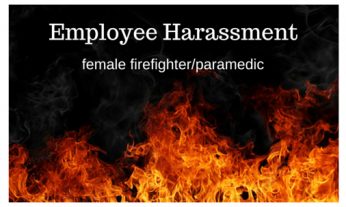 Can an employer confidentially investigate an employee harassment claim? City of Petaluma v. Superior Court. In 2008. Andrea Waters became the first female firefighter/paramedic to work for the city of Petaluma, California. In 2014, she went on leave. Later that year, she filed an employee harassment complaint against the city alleging that she had been subjected to harassment and gender discrimination, in violation of California’s Fair Employment and Housing Act (FEHA).
Can an employer confidentially investigate an employee harassment claim? City of Petaluma v. Superior Court. In 2008. Andrea Waters became the first female firefighter/paramedic to work for the city of Petaluma, California. In 2014, she went on leave. Later that year, she filed an employee harassment complaint against the city alleging that she had been subjected to harassment and gender discrimination, in violation of California’s Fair Employment and Housing Act (FEHA).
The city hired an attorney to investigate Waters’s employee harassment claims. The attorney signed an agreement stating that she would perform an impartial investigation. The agreement also stated that it established an attorney/client relationship between the attorney and the city.
At trial, the city asserted the “avoidable consequences” doctrine as a defense. The doctrine applies when an employee has failed to take necessary and reasonable steps to avoid the harm and/or consequences alleged in the employee’s harassment complaint. The city argued that Waters had never complained to her superiors about harassment or discrimination while she was employed.
During the discovery phase of the trial, Waters requested documents related to the attorney’s investigation. The city argued that the documents were subject to attorney-client privilege and the work product doctrine, and thus should not be subject to discovery.
What Constitutes an Attorney-Client Communication?
The trial court sided with Waters. It pointed to language in the city’s contract with the attorney, stating that she would investigate the Waters matter, but not offer legal advice. The court ruled that the attorney’s report was not privileged because without the presence of legal advice, it was not an attorney-client communication. The court also held that even if the attorney had offered legal advice in her report, it would not matter because the city waived privilege by asserting the avoidable consequences doctrine.
However, on appeal, a California appeals court overturned this ruling, and held that the attorney’s report was privileged. The decision, City of Petaluma v. Superior Court, states that a legal investigation such as Oppenheimer’s should be considered a provision of legal services, and thus should be subject to both attorney-client privilege and the work product doctrine.
The appeals court pointed to the California Code of Evidence, which defines the term “client” for the purposes of attorney-client privilege in Section 951. It states that a client is someone who consults a lawyer for the purpose of retaining the lawyer, or securing legal service or advice. According to the court, because either legal service or advice is sufficient under the statute, its plain language suggests that an attorney-client relationship can be established even when legal advice is not offered.
The appeals court also held that the city did not waive privilege by asserting the reasonable consequences doctrine because Oppenheimer’s investigation took place after Waters left her job. The court reasoned that the avoidable consequences defense deals with the actions taken while an employee is employed. Because the employee harassment investigation did not occur during the time Waters was employed, the court held that it was not directly at issue in the litigation. [Read more…]

